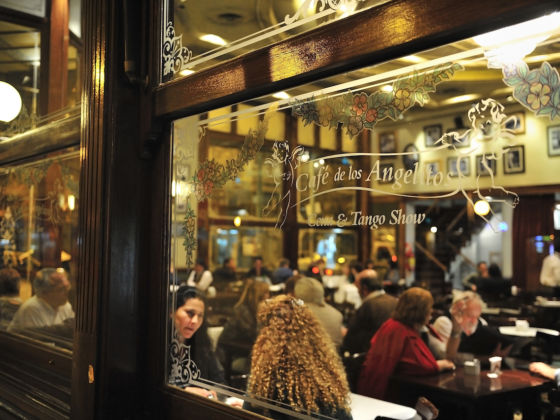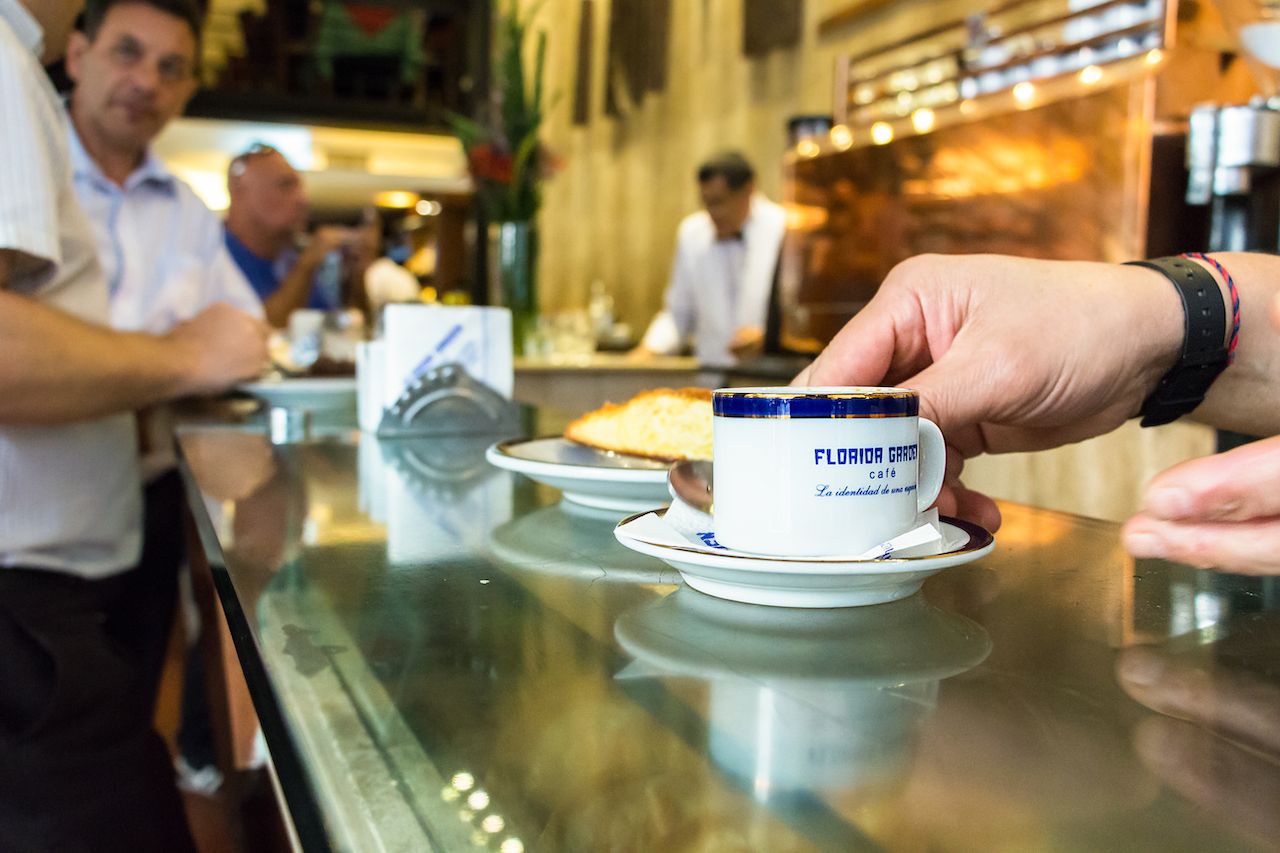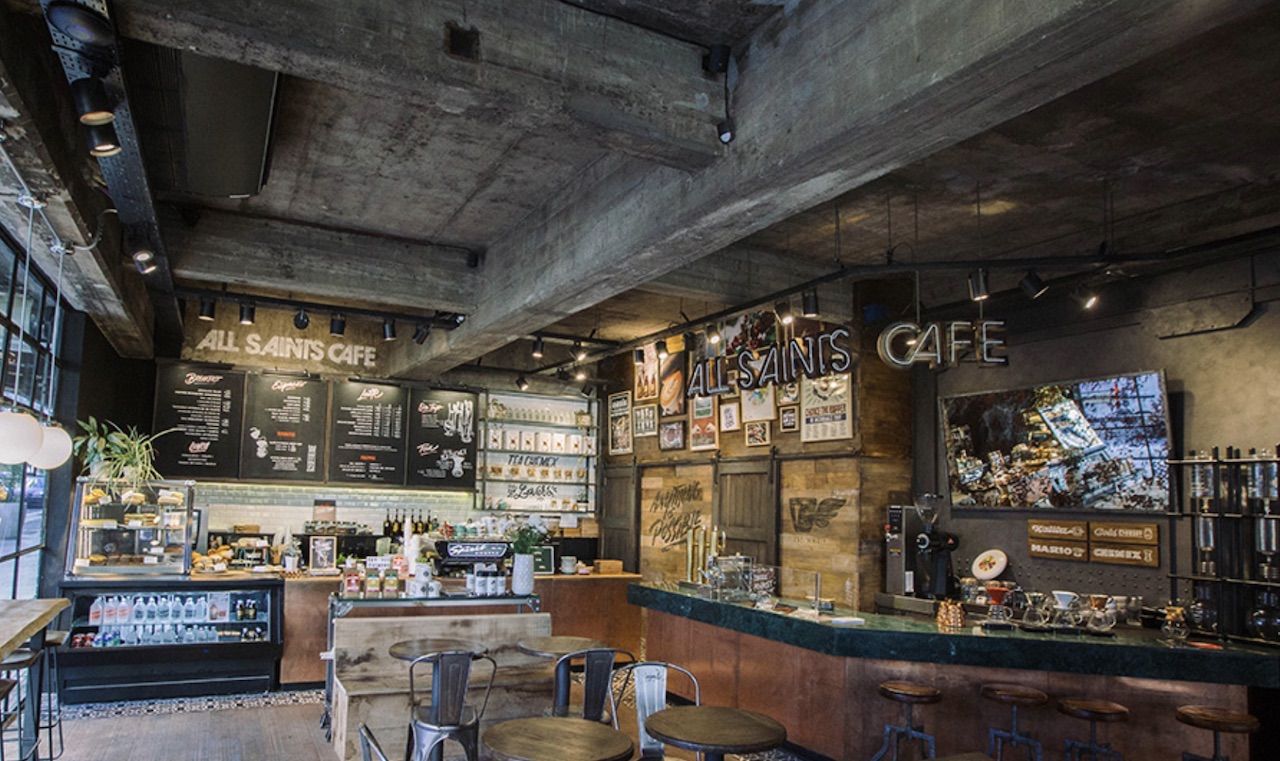The coffee scene in Buenos Aires, Argentina, is captivating. Even though porteños (Buenos Aires locals) always seem to be stressed and in a hurry, they stop, sit, and enjoy for hours when it comes to coffee.
To understand why, you must simply have a cortado in a historic cafe. The quality of the coffee won’t be the star, but you’ll immerse yourself deep in porteño culture. Then, experience the city’s ever-growing specialty coffee movement in shops where you can nerd out with the baristas and finally have that flat white you’ve been longing for.
These are the two sides to coffee culture in the Argentinian capital, and both are equally important. Buenos Aires is a city of contrasts where the classical and the modern coexist, and the coffee scene is a perfect place to experience both the old and new.




